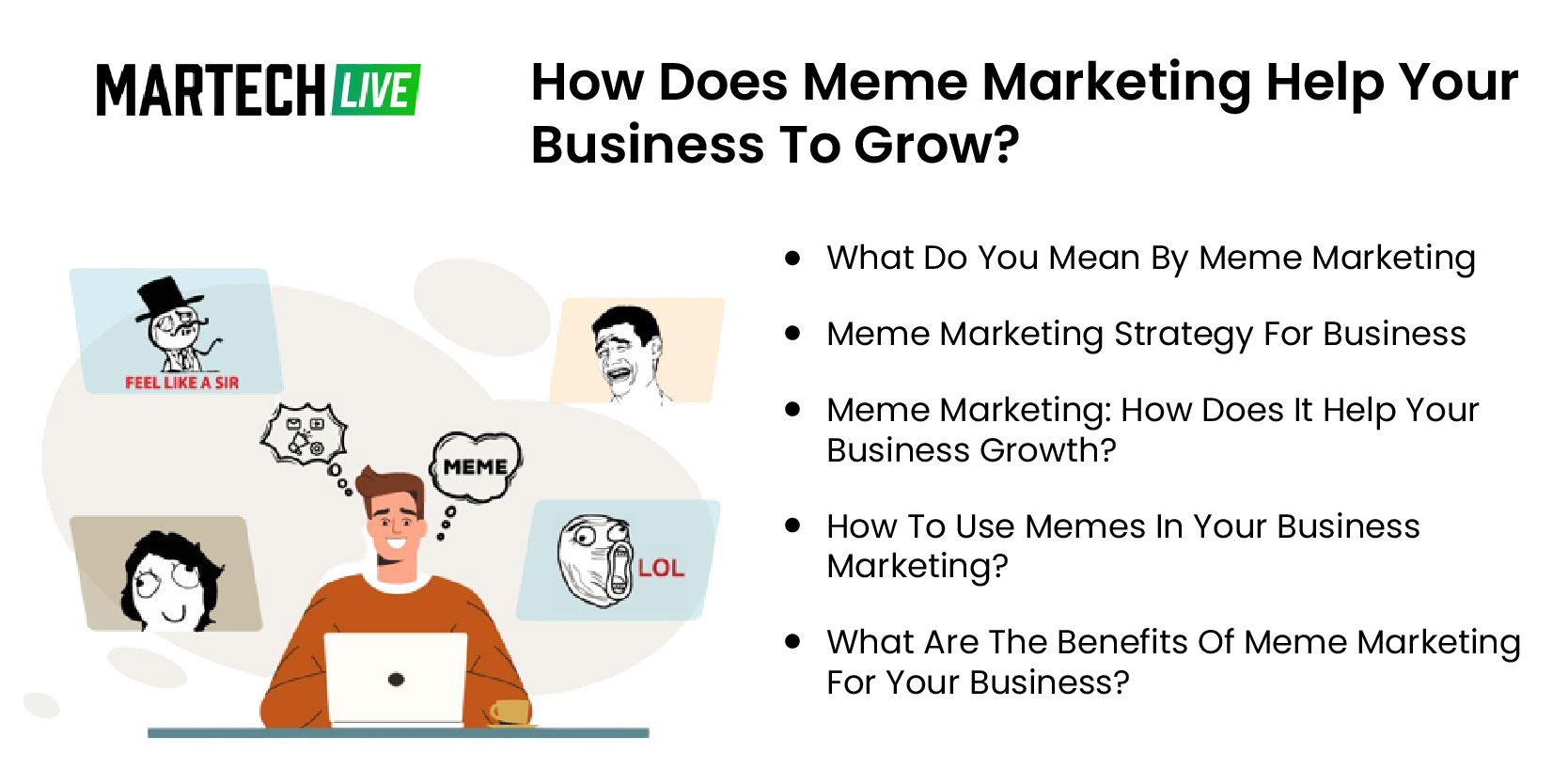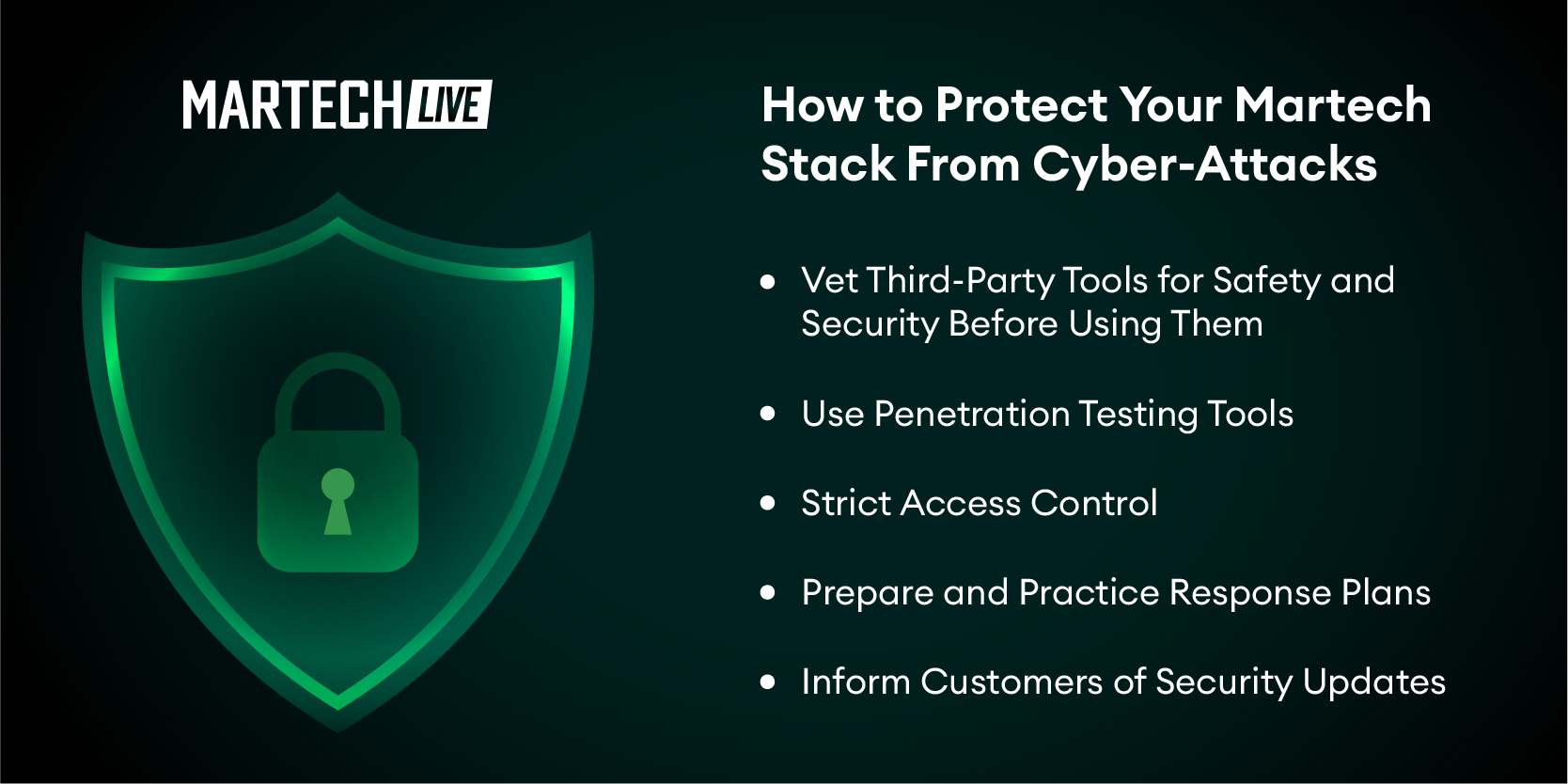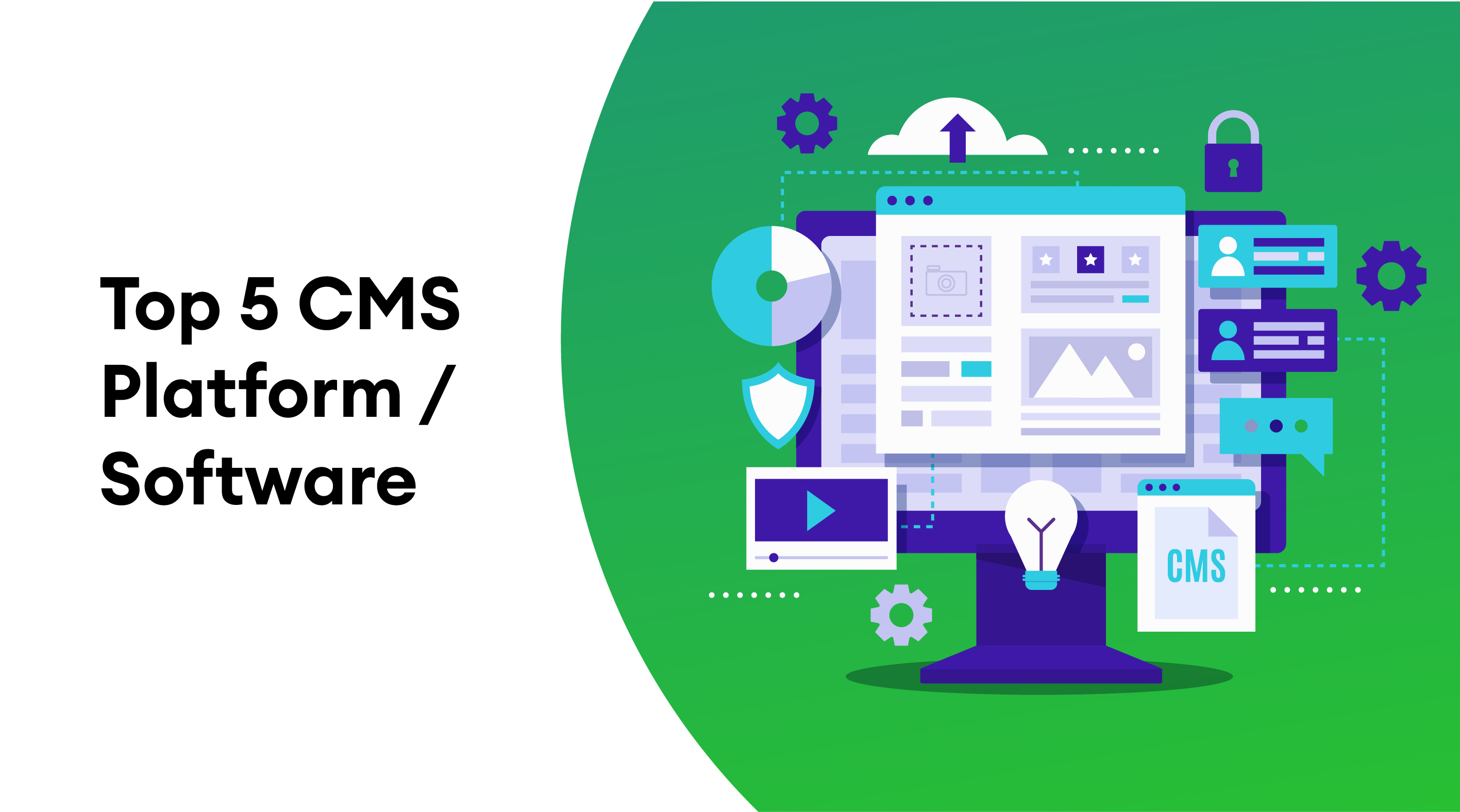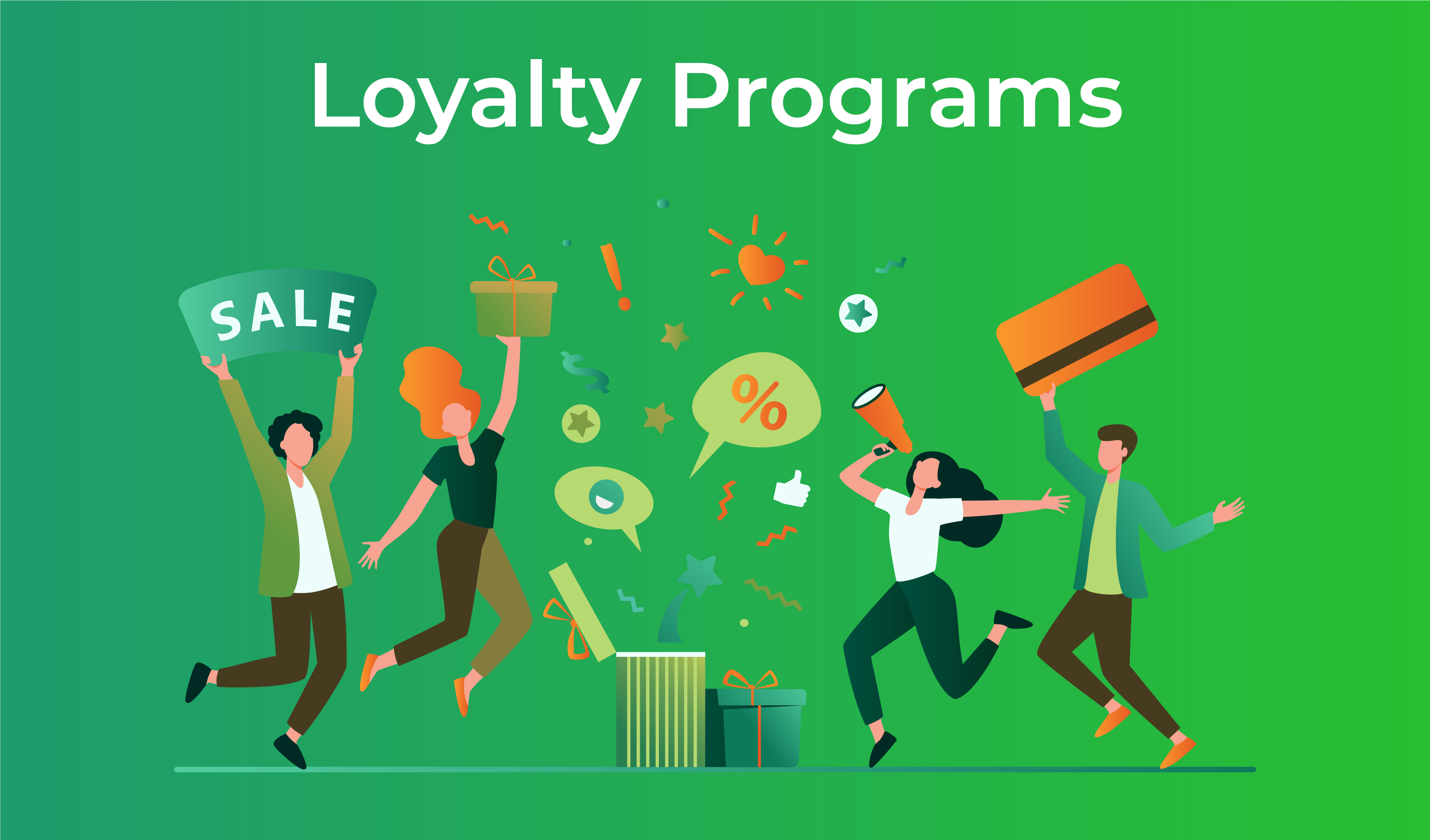The Middle East has one of the youngest populations in the world. More than 28% of the Middle East’s massive population of 108 million people are between the ages of 15 and 29. This is highly common in Egypt, Iraq, Lebanon, Morocco, Oman, Tunisia, Jordan, Algeria, and Saudi Arabia, where almost 20% of the population is between the ages of 15 and 24. With a median age of 22 years, young people are the fastest-growing group in this region, compared to the global average of 28 years. The growth of e-commerce is expected, with the majority of younger generations shifting toward e-commerce and smartphone usage. Moreover, the Middle East has one of the highest per capita wealth in the world.
PwC’s most recent survey of Middle Eastern consumer sentiment states that despite experiencing financial difficulty, consumers in the Middle East are still eager to spend more in the foreseeable future. However, consumption patterns are likely to alter. According to a survey, the Middle East has experienced a decline in household income as a result of job losses and shorter workweeks.
How E-Commerce Is Changing the Retail and Commercial Businesses in the Middle East

The Middle East is one of the world’s fastest-growing e-commerce markets. The region is seeing an obvious boom, despite the fact that its markets are not nearly as sophisticated or complex as those of the United States or many European nations. Online sales are predicted to account for approximately 2% of overall retail income in the Middle East, compared to 15% in more developed regions. Profits from e-commerce in the Gulf States are expected to double from $5 billion in 2015 to $24 billion by 2025. Almost 90% of Middle Eastern online purchases are still transported from outside the region, although this is fast changing.
The regional retail market is on the edge of digital disruption, as industry participants are undergoing a structural change from the old in-store concept to the online channel due to digitalization. To provide a seamless consumer experience, the brand’s main aim is to build a strong omnichannel presence.
In Qatar, Bahrain, and the United Arab Emirates, internet penetration has surpassed 90 percent during the past few years, demonstrating the region’s remarkable increase in internet access. According to Hootsuite and We Are Social study and Internet World Stats, the Middle East had 147 million internet users as of June 2017, up 15 percent from 128 million users in 2016. The current internet penetration rate in the region is 60%, which is significantly higher than the global average of 51.7%. Such a profitable user base gives an enormous opportunity for e-commerce companies seeking to enter the region’s e-commerce business. Consequently, the Middle East has enormous potential for e-commerce profits in the current era.
What Is Marketing Automation and How it can Help Ecommerce Business in the Middle East
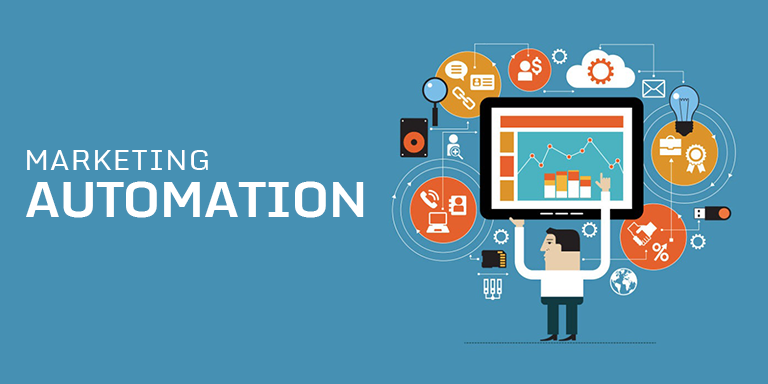
Marketing Automation is the use of software or web-based services to plan, implement, manage, and automate repetitive marketing activities across numerous channels to save time, increase return on investment (ROI), increase customer loyalty, and optimize expenses.
Marketing Automation automates activities such as email sequencing, remarketing advertisements, and lead management, allowing employees to devote more time to other aspects of the organization. For example, Email sequences are the most prevalent form of marketing automation in e-commerce. Marketers can construct the messages they need to send to customers when specific events occur.
Automated Marketing focuses on saving e-merchants time and effort while improving their overall marketing strategy. Employees can focus on more interesting and creative work by automating tedious, time-consuming tasks.
How Marketing Automation is Helping Ecommerce Brands
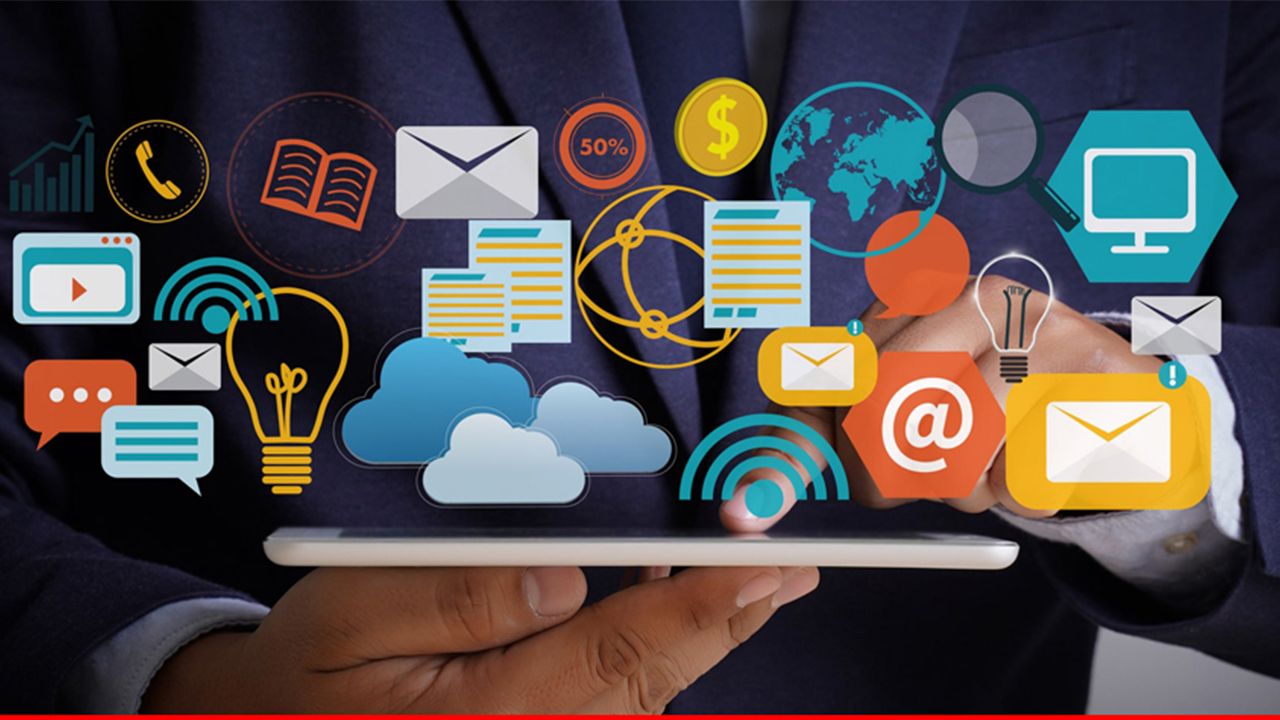
1. Provides Dynamic Content to Engage customers
Automated Marketing provides dynamic content to the customer to maintain their interest in the website. Dynamic content refers to customizing a website’s content for each visitor. The website’s information and visuals adapt to the user’s in-session behavior, demographic information, and attributes with dynamic content. This has two advantages. First, providing relevant offers reduces bounce rates and increases conversions. Second, it allows for the creation of customized experiences.
Adda247, an educational IT startup, uses dynamic messaging to retarget consumers and raise their conversion rate by 35%. Faced with a high user abandonment rate, the organization used MoEngage’s platform to customize its messaging based on product description and previous buying history, resulting in a 27% increase in CTRs, increased engagement, and more conversions.
2. Abandoned Cart Emails and Automation
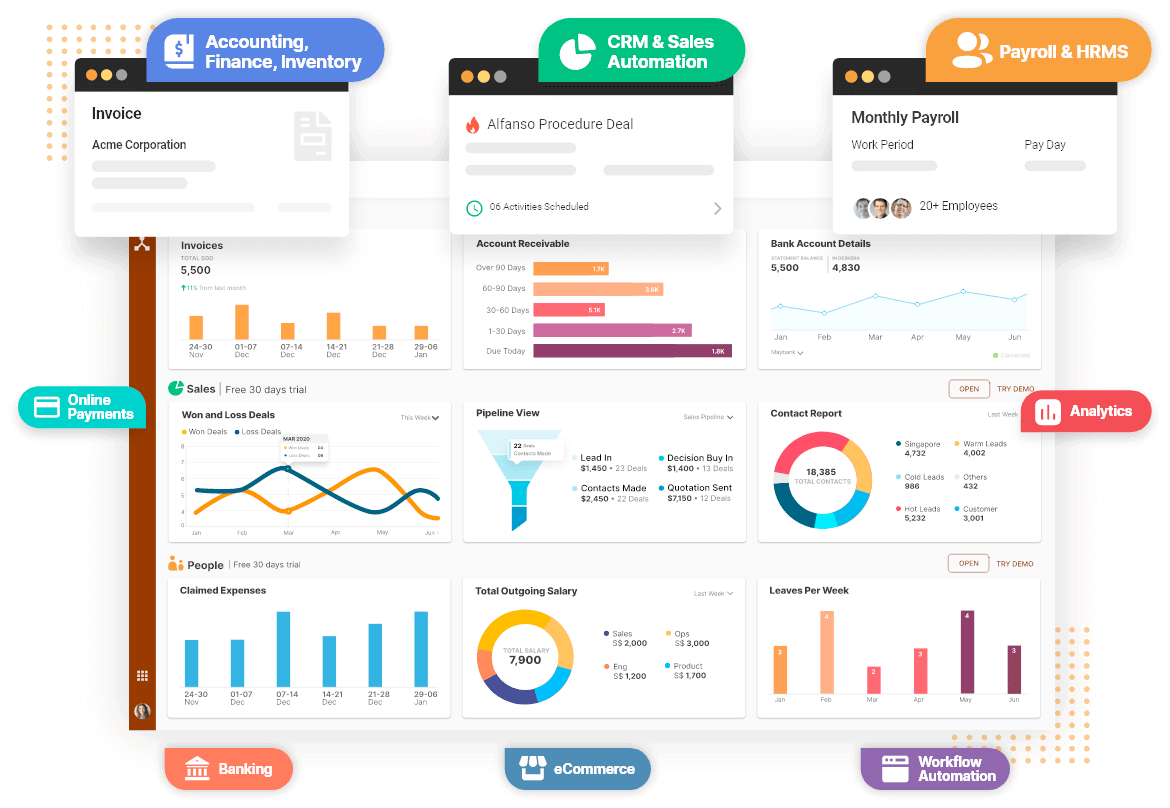
Approximately 70% of internet shoppers abandon their shopping carts. Forrester Research estimates that e-commerce businesses lose a whopping $18 billion yearly due to abandoned shopping carts.
Customers who did not complete a purchase do not imply that they do not wish to purchase the items in their shopping basket. There could be many reasons why a customer did not complete a purchase. Email Automation writes customized emails to the customers at regular intervals, informing them about the items stored in the cart and to continue with the purchase. Over a month, Adidas sends four abandoned cart emails to the customers to ensure customer conversion.
3. Using E-Commerce Automation to Re-engage Old Leads
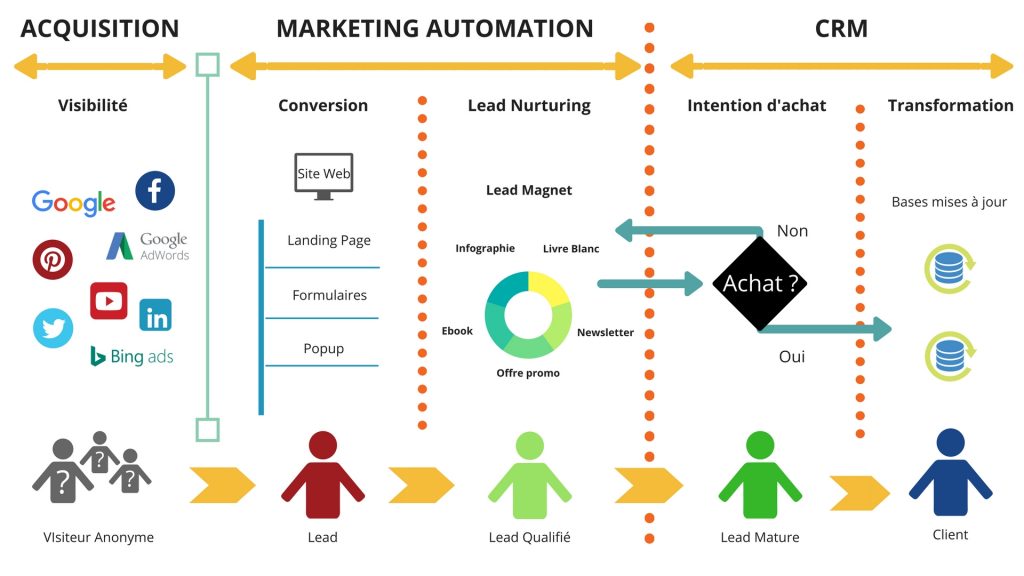
Automating eCommerce marketing allows businesses to re-engage with old leads who were once interested in the product or service but lost contact for some reason. For example, businesses identify existing leads from past data and give them promotional coupons with dynamic expiration dates, so they don’t miss out on the offer even if they receive the email at a later date, each discount will expire on a different date, and this may be readily automated without requiring any manual intervention.
4. Acquire Users Through Targeted Email Campaigns
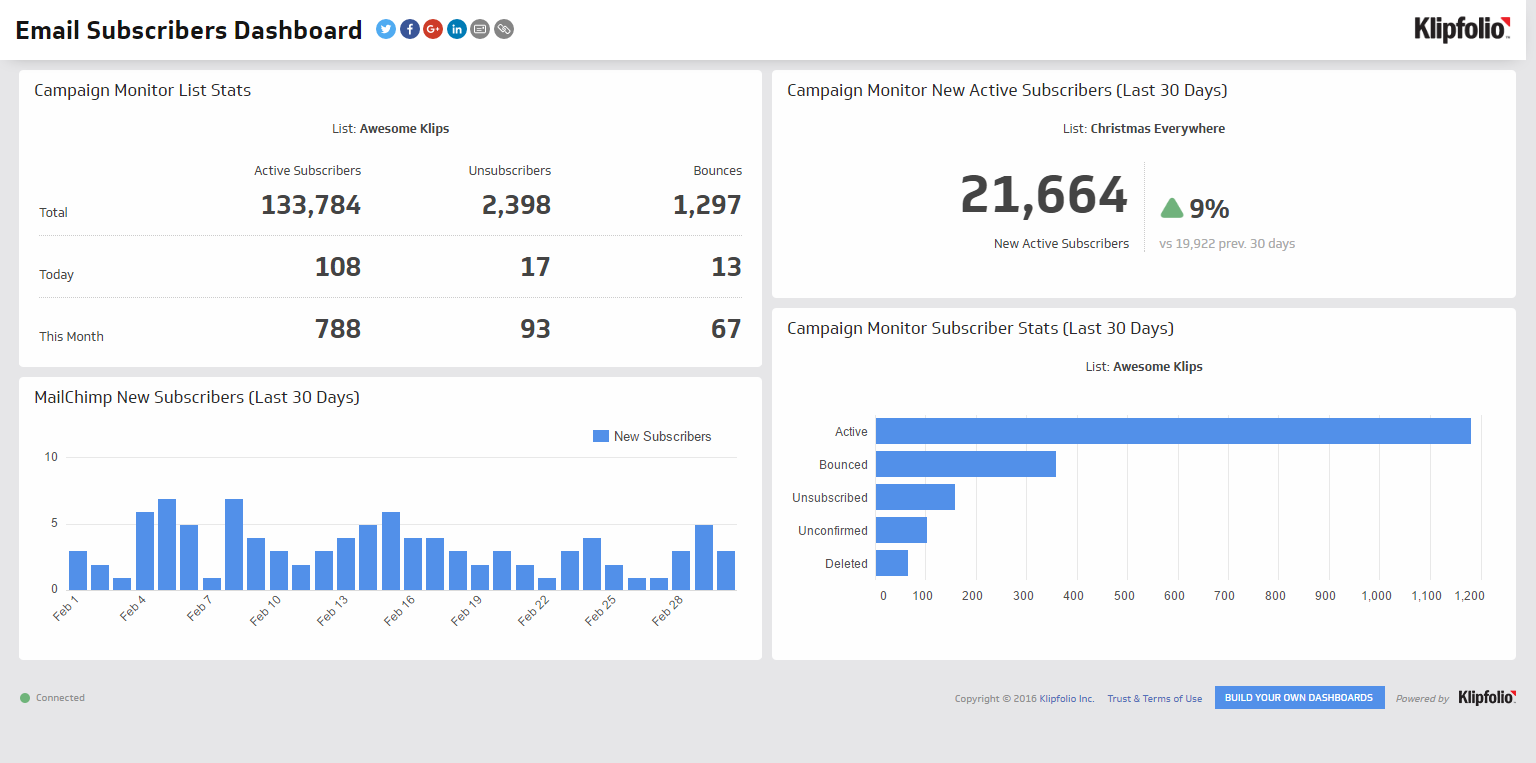
Marketing automation lets businesses set up automatic email campaigns to re-engage users who haven’t been on the site for a few days. Based on the user’s database, Automation uses a strong subject line, and a strong subject line gets more users to open the email and actionable content to get enough recipients to click through. This ensures an increase in customer acquisition and retention for a business. Marketing Automation could also set up a series of “win-back” emails to get customers’ attention regularly on the website.
5. Provides Chatbot Service for Customer
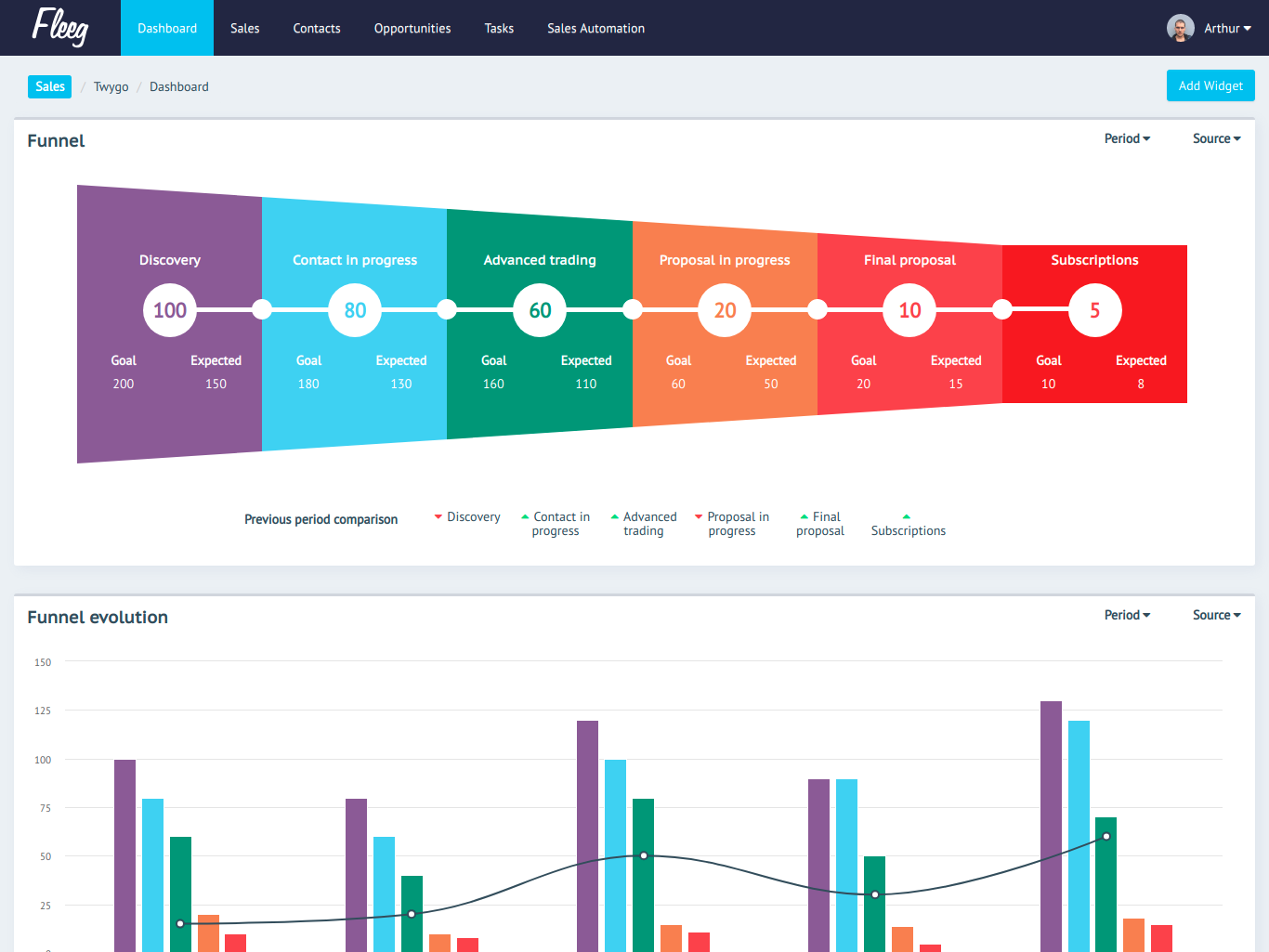
Customer service is the main focus for most eCommerce businesses, necessitating a 24/7 communication system to address the inquiry and solve the customer’s queries. This is achieved by implementing chatbots at the forefront of customer care.
Businesses can also employ chatbots in retail to provide a highly personalized customer experience. The Nike StyleBot is a chatbot that allows customers to design their shoes and view previously submitted designs to get new ideas. Customers can also interact with Nike StyleBot on Facebook Messenger to mix and match, create designs, and share them with friends, making the entire shopping experience more enjoyable. This will help Nike to acquire new customers and ensure existing customer satisfaction, making them more loyal to the brand.
6. Use Segmentation to Increase Sales
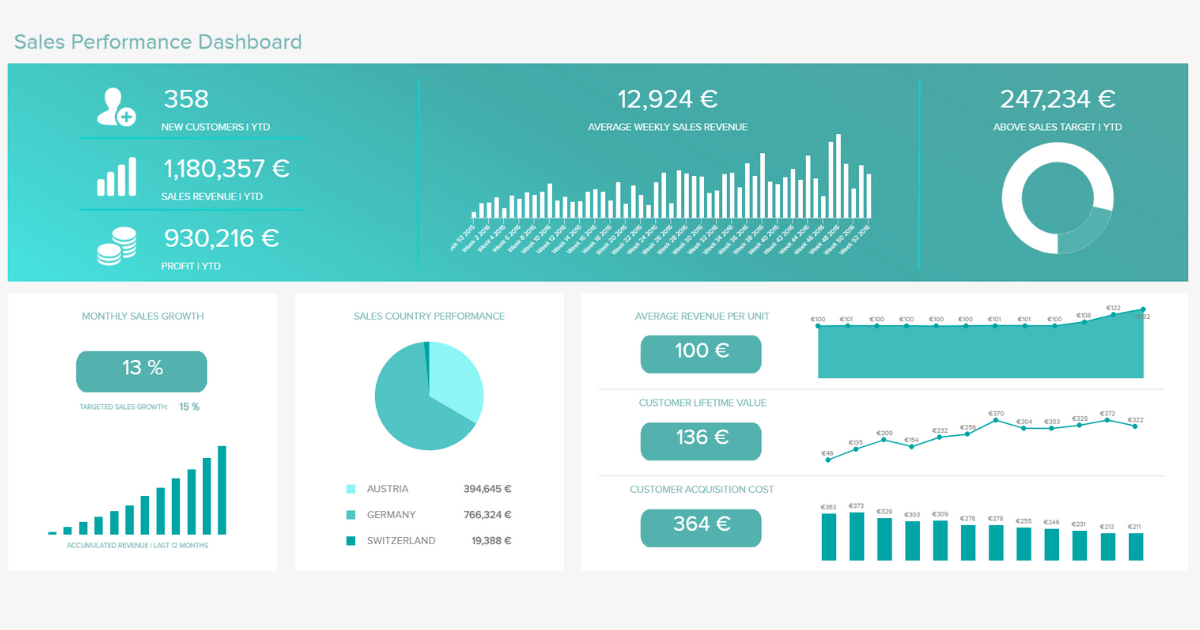
Businesses using Automation can segment their customers to create lists based on characteristics such as geography, average order value, level of interaction, age, occupation, etc. Segmenting customers increases sales by delivering what they desire.
Gaana, an online music streaming service, used sophisticated segmentation and targeted engagement channels to provide users with an unmatched listening experience using Marketing Automation. Personalized push notifications resulted in a 120% increase in premium account subscriptions and upto a 10% increase in DAU (Daily Active Users) on the app.
7. Increase Sales by Automating the Checkout Process
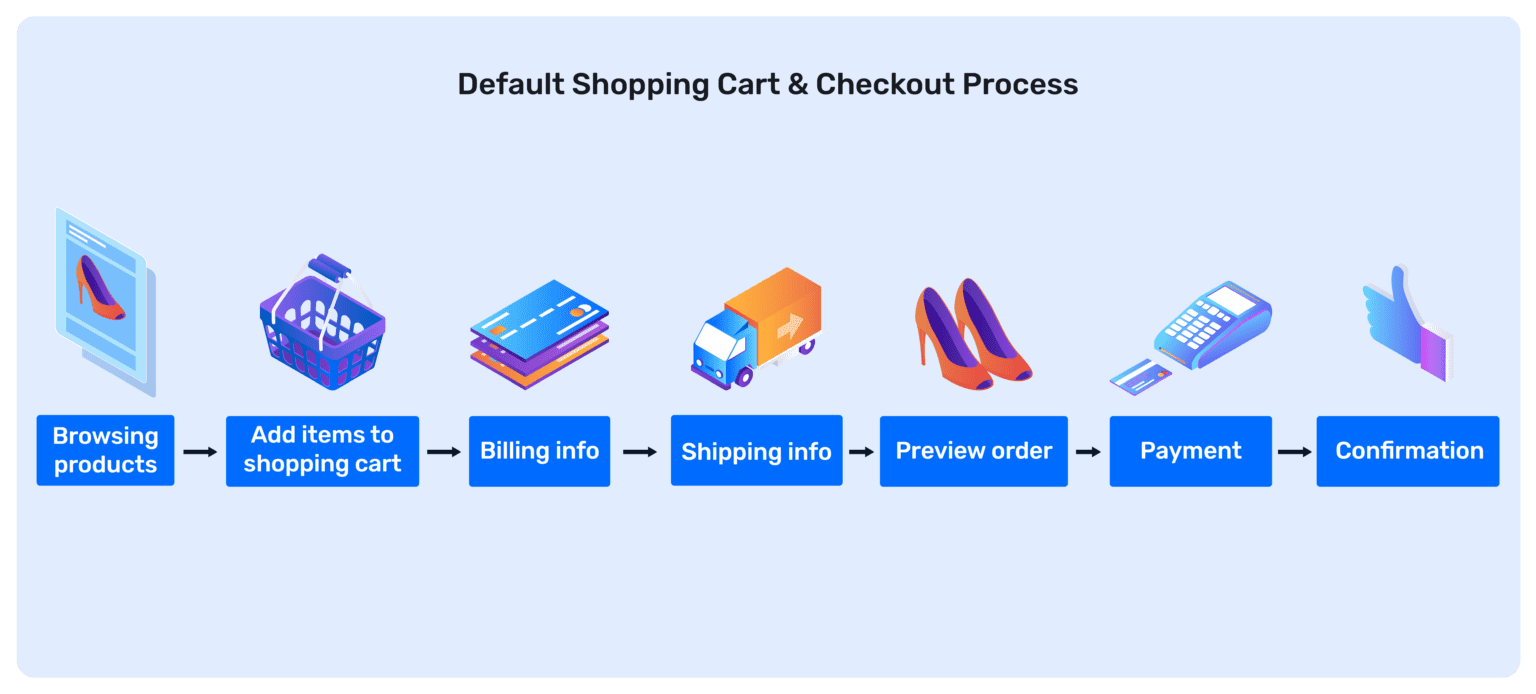
A complicated checkout procedure can distract customers from completing a purchase, which can make the brand lose a potential customer. However, a huge percentage of abandoned carts can be eliminated by designing a streamlined and reliable checkout customer experience. With Automation, businesses can automatically fill in user information and display their preferred payment methods to make it as easy as possible for them to complete a purchase. Additionally, businesses may add a live chat feature to the checkout page to respond quickly to users’ questions during the purchasing process.
8. Automate Website Reviews Process
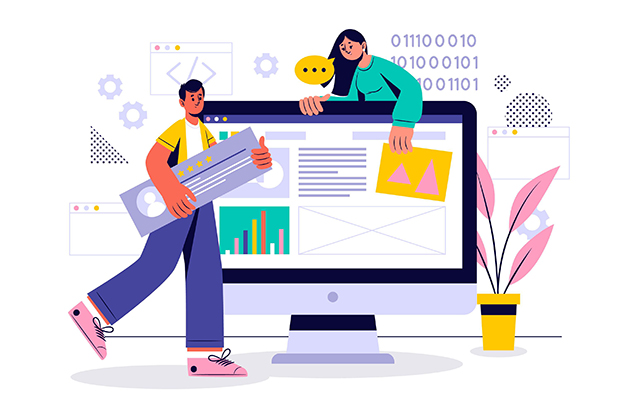
Customer feedback collection and action on it are essential to the success of any business. However, collecting reviews manually can be a tiresome task. Businesses can instead configure trigger emails that are sent automatically to users a few days following product delivery to collect feedback. Businesses may also use website push alerts or in-app prompts to collect product feedback and reviews. Automation makes feedback collection and displays reviews on the site to attract and convince customers to make the purchase.
9. Test Landing Pages using A/B Test
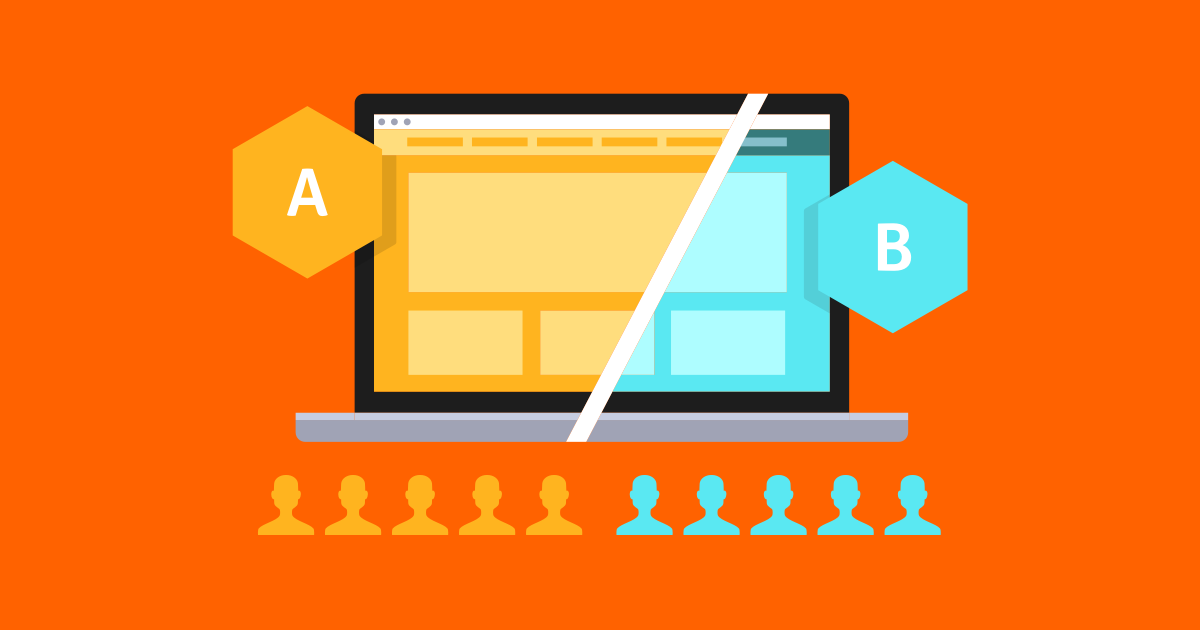
A/B testing is comparing the performance of two or more web page variants to determine which performs best. Businesses may use marketing automation software to conduct such testing between product and landing pages to make informed decisions about digital assets.
Automation Compare a longer versus shorter headline, Ask a question in the headline, Compare the use of words like free, 100%, bonus, etc., and many other elements that help to create an interactive and user-friendly website.
10. Reward Loyal Customers with Discounts and Special Offers

Loyal customers buy more. Using eCommerce marketing automation, businesses can segment top consumers and reward them based on their purchasing habits to increase customer loyalty and sales.
The automated program focuses on turning first-time buyers into repeat customers by automatically sending them an email with a discount or promotion. Providing users with a coupon or discount code for their second purchase is a wonderful approach to encourage them to return. This creates a loyal customer for a brand and ensures customers’ return for purchase.
Top 5 Marketing Automation Platforms
Following are the top 5 Marketing Automation Platforms used by marketers
1) Constant Contact
2) SendinBlue
3) Marketo
4) Eloqua
5) HubSpot
Conclusion
Marketing Automation has emerged as a wise decision for B2B marketers and business owners worldwide. Regardless of the business size, integrating marketing automation solutions such as Hubspot into the marketing plan can be effective.
There is an infinite number of tasks that can be automated to increase the efficacy and expansion of any organization. Focusing on the larger picture and delegating tiresome, repetitive activities to technology paves the path for improved prospects and progress.



